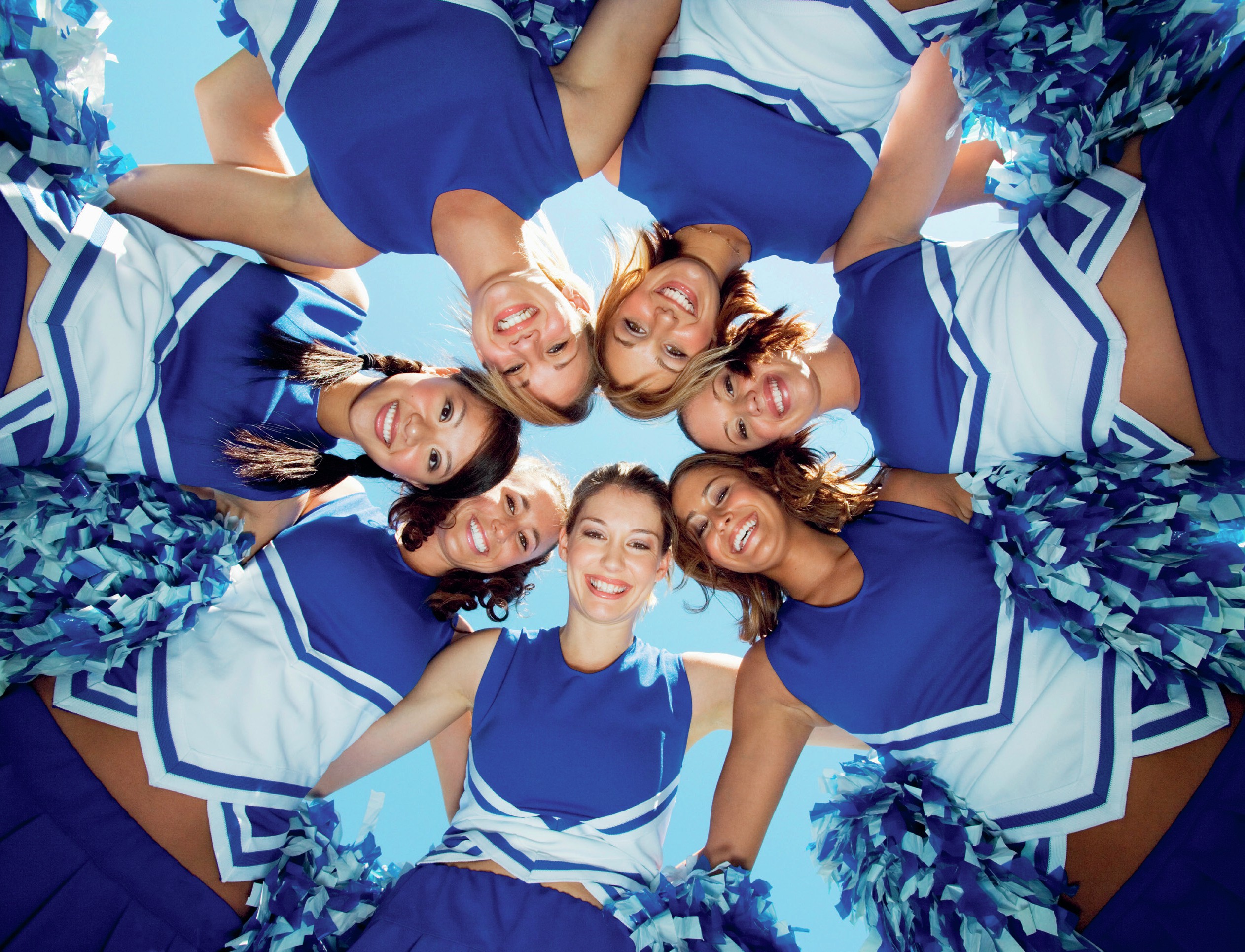
During the pandemic you probably had the experience of seeing pictures of your classmates all in a block onscreen. Did you find that some of them looked more attractive than you had remembered? In 2014, Drew Walker and Edward Vul published a set of experiments in support of the cheerleader effect, introduced in an episode of the comedy series How I Met Your Mother (see it explained in this clip: www.tinyurl.com/v3c4bcwb). It is the idea that people seem more attractive when viewed with others than when viewed alone. The undergraduate participants in Walker and Vul’s study consistently rated target individuals as 5.5% more attractive when presented as a member of a group portrait than when the same faces were presented alone, regardless of the gender of the person, where in the group-shot they appeared and/or how many others were in the photograph.
This effect may result from ensemble encoding in which sets of items (in this case, faces) are processed holistically. When viewing a group, a composite image of all the faces is stored rather than exact images of each face. As previous research has shown that computer-generated composite faces are typically rated as more attractive than real faces (Cellerino 2003), the researchers argue that faces shown in groups are perceived as more attractive, as we are positively biased towards the faces that were used to create these super-attractive averages.
Your organisation does not have access to this article.
Sign up today to give your students the edge they need to achieve their best grades with subject expertise
Subscribe
